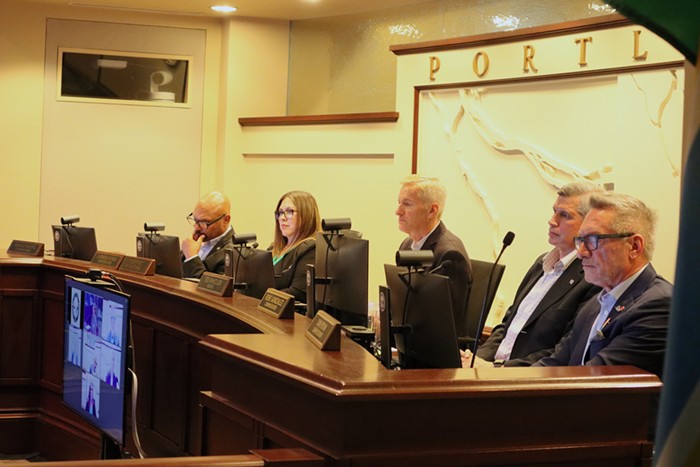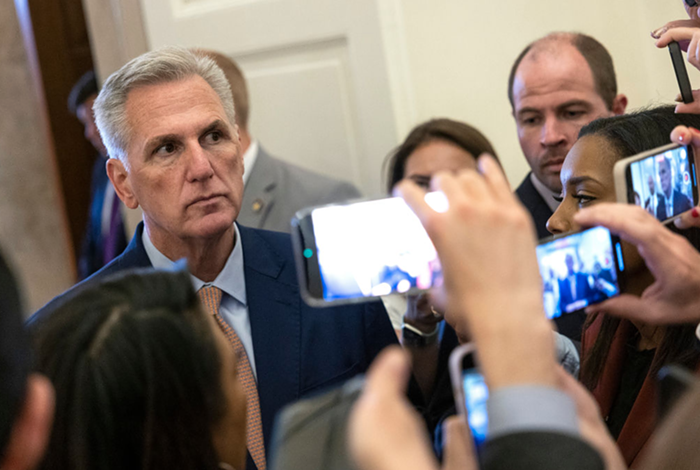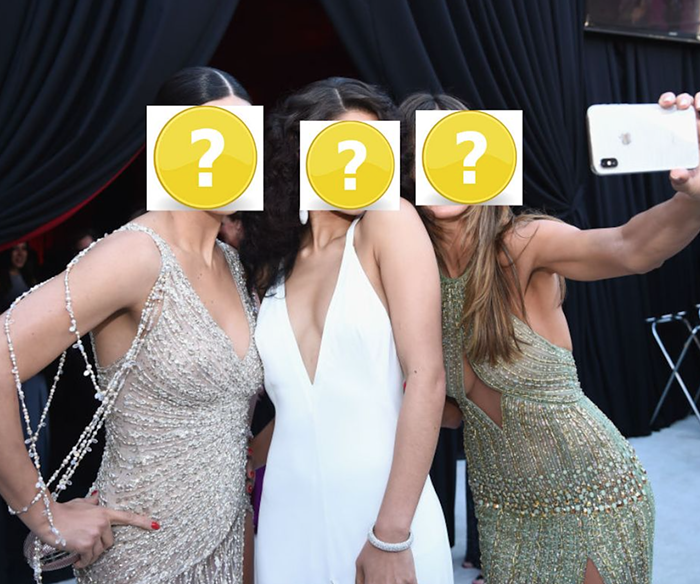Fall Arts & Culture Guide
It’s Peak Art Season in Portland. Here’s Your Game Plan.
Food and Ink
Cooks Tell the Stories Behind Their Tattoos
Two Words from Caitlin Weierhauser, Nariko Ott, and Matt Monroe: You’re Welcome!
Their New Comedy Showcase Doesn’t Need Your Thanks
PICA Puts Down Roots
At This Year’s Time-Based Art Festival, the Stakes Are Higher
August Wilson, Guns, and Fractured Fairy Tales
Here Are the Mercury’s Fall Theater Picks!
Martha Grover’s Messy Lives
The End of My Career Author Is the Voice of Portland Right Now
Big Big Wednesday Is “A Beautiful Object”
The Local Literary Journal Looks to the Future
Wordstock’s Challenge: Too Many Readers
2,500 People Were Expected at Last Year’s Festival. 8,500 Showed Up. Here’s How the Organizers Plan to Meet the Demand This Time Around.
Your Guide to the Symphonic Season
There’s a Lot More Than Pokémon in the Oregon Symphony’s 2016/17 Concerts
The Mercury Staff’s Wish List of Holiday Gifts!
We Want It. So Give It to Us!
“THE STAKES ARE a lot higher in a space that we want to be able to welcome people into,” says Erin Boberg Doughton, performing arts program director for the Portland Institute for Contemporary Art (PICA). Ahead of PICA’s annual Time-Based Art Festival (TBA), which kicks off September 8, Boberg Doughton and PICA’s visual art curator, Kristan Kennedy, are weighing in about what to expect from the interdisciplinary performance festival. One major change: After 13 years of a more itinerant approach—repurposing under-utilized spaces for temporary performances—TBA has a new, permanent space in PICA’s new home at 15 NE Hancock, which will serve as one of the festival hubs.
As usual, PICA’s offerings are packed with a dizzying array of conceptual work—some of it socially engaged, some funny, some heartbreaking, some just totally weird—including a large-scale collaboration with the Portland Art Museum, “a live video essay” from filmmaker Dylan Mira, new pieces from local performance geniuses like Allie Hankins and Keyon Gaskin, and Andrew Dickson and Claudia Meza’s “Don’t Get Me Started,” an evening of “well-crafted rants” from comedians and artists curated in response to all of the depressing news items that probably made you want to cancel 2016.

Last year, TBA’s lineup included a number of pieces focusing on issues of identity, and it becomes clear as I speak with Kennedy and Boberg Doughton that much of that same political engagement will be back this year. When I ask them about themes that will come up in the festival, both say audience members can expect similar engagement with identity. But there’s one key difference, Kennedy says, explaining that last year’s TBA “felt like an internal conversation.” She cites the work of local performance artist Keyon Gaskin in particular. Gaskin’s performances pull from dance, drag, and performance traditions to examine race in an immediate, powerful way. “Keyon holds all of that in his own body and you can feel it,” Kennedy says. “I feel like there’s so much work about identity in this festival again, but it feels like collective identity.”
Boberg Doughton agrees, saying the work in this year’s festival presents “a more overt claiming of feminism and queerness” and thoughtful consideration “about who’s in the room” and which voices are absent. Kennedy then shares an anecdote that gives me the sense they’ve been thinking about these things for a long time: She describes working with a PICA intern who was tasked with writing a glossary for the festival. “I don’t like any of these definitions,” Kennedy recalls her saying.
“She already knows the definitions that she’s reading aren’t acceptable,” Kennedy says. So PICA staff told the intern to come up with an alternative definition for “gender.” The one she came up with was “what you think you are.” Kennedy was on board. “That’s exactly it,” she recalls thinking, adding that limited notions surrounding words like gender are “evolving in front of us and we’re just a part of it.”
This ties into Kennedy and Boberg Doughton’s earlier discussion of TBA as an avenue for exploring and deconstructing community and identity politics: Art can be part of that process of evolution, of thinking more critically about who gets to make and consume conceptual work. As Kennedy puts it: “It’s about being visible, creating space, and making room.”
In this case, the space will still be around after the last day of TBA.













